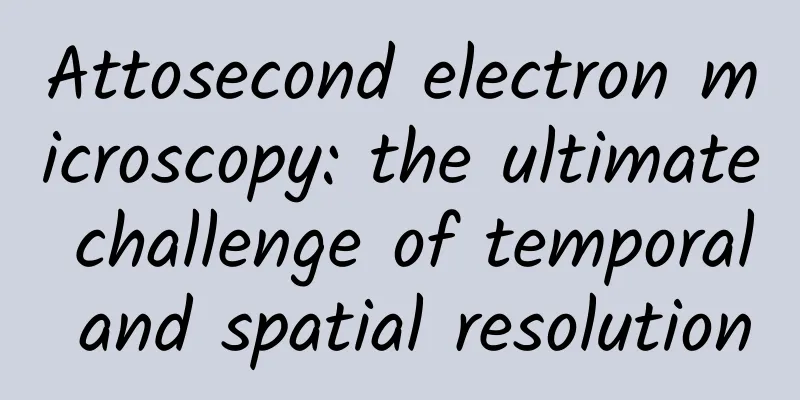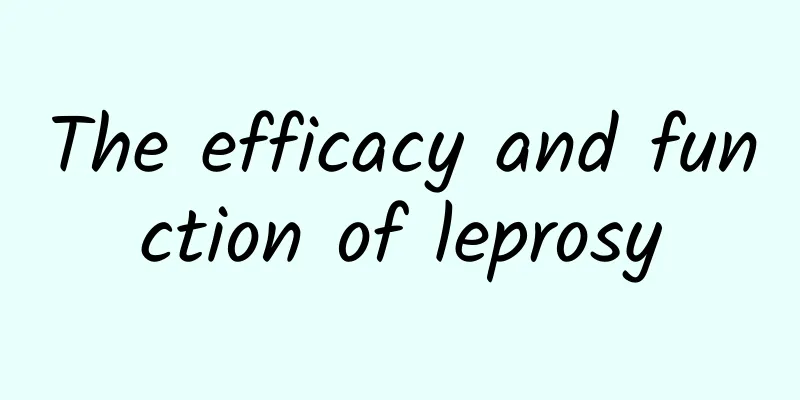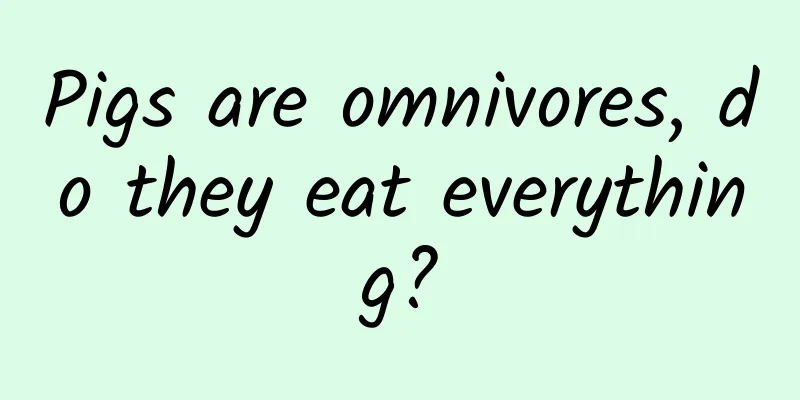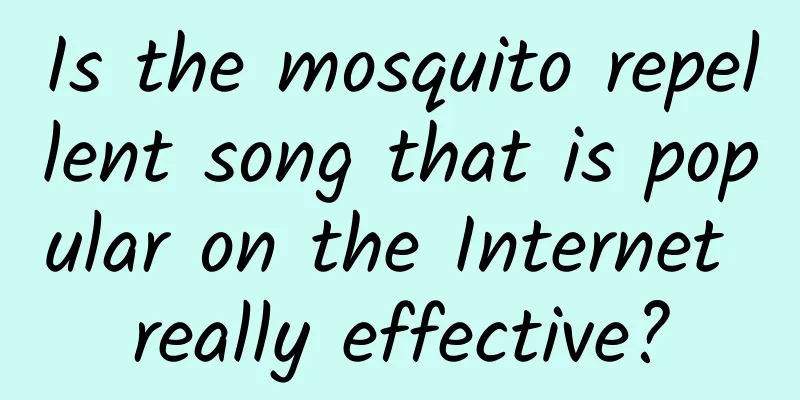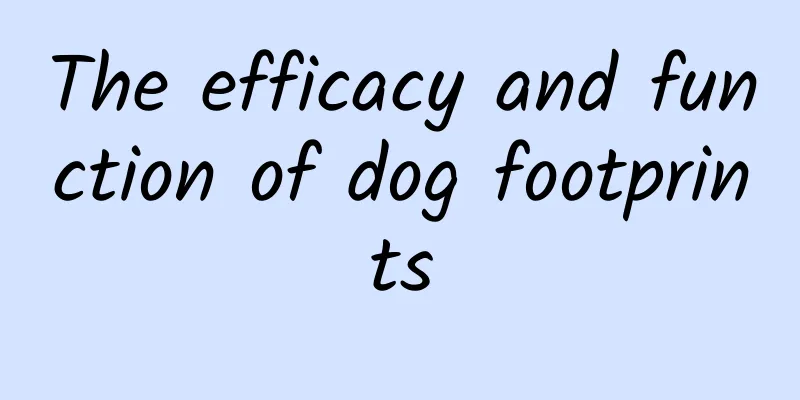What are the medicinal effects of Ma Shicai?
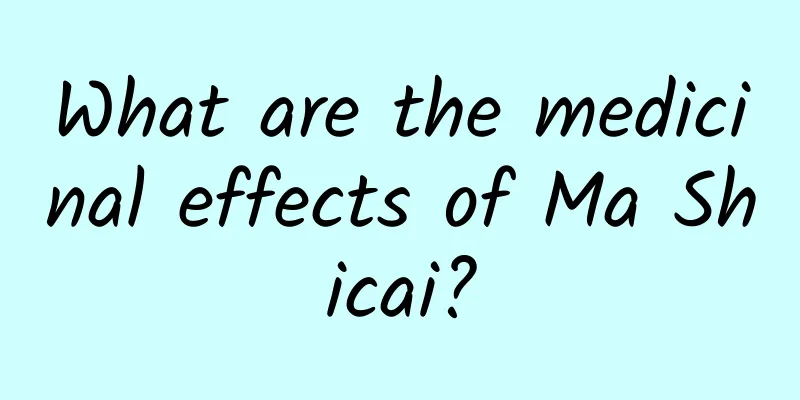
|
Ma Shicai is a very common wild vegetable and is very easy to find. It can be eaten directly as a dish or used as medicine. It has the effect of clearing away heat and detoxifying, and can control blood pressure well. In some places it is called purslane, and this vegetable is very effective in treating various diseases. Many people don’t know that purslane can kill bacteria. Its effects are really endless. Although purslane is good, you should also be careful about the amount you consume and not eat too much. You should not rely too much on this kind of food to regulate your body. Purslane is a very common wild vegetable in my country. It can be eaten and used as medicine. Portulaca has green leaves, red stems, yellow flowers, white roots and black seeds, so it is also called "Five Elements Grass". Purslane is also rich in SL3 fatty acids and vitamin A-like substances. SL3 fatty acids are necessary for the formation of cell membranes, especially brain cell membranes and eye cell membranes. Vitamin A-like substances can maintain the normal function of epithelial tissues such as skin, cornea and conjunctiva, participate in the synthesis of rhodopsin, enhance the photosensitivity of the retina, and also participate in many oxidation processes in the body. First, diuresis, swelling and lowering blood pressure Purslane has a good therapeutic effect on hypertension in the elderly. Purslane contains a large amount of potassium salt, which has a good diuretic and detumescent effect. Potassium ions can also directly act on the blood vessel walls, causing the blood vessel walls to expand and prevent the thickening of the arterial walls, thereby lowering blood pressure. Second, eliminate dust and poison to prevent ulcers Many people who work in dusty places can eat more purslane. Purslane can eliminate dust toxins, prevent degeneration and necrosis of phagocytes, prevent lymphatic vessel inflammation and fibrous changes, prevent the formation of silicosis nodules, and has a certain effect on vitiligo. Horsetail also contains more carotene, which can promote the healing of ulcers. Third, sterilization and anti-inflammation Eating purslane can also have a bactericidal effect on some inflammations. Purslane has a strong inhibitory effect on Shigella dysenteriae, Salmonella typhi and Escherichia coli. It can be used as an auxiliary treatment for various inflammations and is known as a "natural antibiotic". Fourth, prevent and treat heart disease Purslane contains a rich amount of Y-3 fatty acid, which can inhibit the production of serum cholesterol and triglyceride in the human body, help increase the synthesis of prostaglandins by vascular endothelial cells, inhibit platelet formation of thromboxane A2, reduce blood viscosity, promote vasodilation, prevent platelet aggregation, coronary artery spasm and thrombosis, thereby playing a role in preventing and treating heart disease. Now that we know so many functions and effects of Purslane, we also need to know who should not eat Purslane. First of all, pregnant women must avoid eating Purslane, because it may cause miscarriage in pregnant women. People with weak spleen and stomach should also eat less. People who often suffer from diarrhea or have poor stomachs should also eat less purslane. When eating purslane, be sure not to eat it with pepper, powder, or turtle shell. |
<<: Medicinal value of leeches
>>: Effects and side effects of Shenshao tablets
Recommend
The efficacy and function of Guangdong and Guangxi Tuberous Foot Fern
Do you know the Guangdong and Guangxi knotty fern...
What are the effects of Platycladus orientalis seeds
The medicinal value of Platycladus orientalis see...
How to prevent car fires in the hot summer?
Summer is the peak season for spontaneous combust...
The efficacy and function of sanguinea vine
Traditional Chinese medicine often has unexpected...
The efficacy and function of small red ginseng
Small red ginseng is a medicinal material frequen...
Do cockroaches no longer like sweets?
When you pick up the dirty laundry basket in the ...
The efficacy and function of sheepskin
Sheepskin is very familiar to everyone. It has a ...
Smoking one more cigarette may mean one more person won't have a meal
Tobacco not only affects people's physical he...
The efficacy and function of black root
In fact, the occurrence of many human diseases is...
What is the maximum dosage of Aconite?
When it comes to the herb aconite, many people wi...
The efficacy and function of Hulu
As for Hu Lu, I think some people may have heard ...
The symptoms are similar, be careful that a cold may develop into myocarditis!
Review expert: Peng Guoqiu, deputy chief physicia...
Unfortunately passed away! A woman with cancer did not go to the hospital for treatment, but... Many people are still unaware of these misunderstandings
Expert of this article: Hu Zhongdong, deputy chie...
The efficacy and function of alpine dew grass
The medicinal value of alpine dew grass is beyond...
